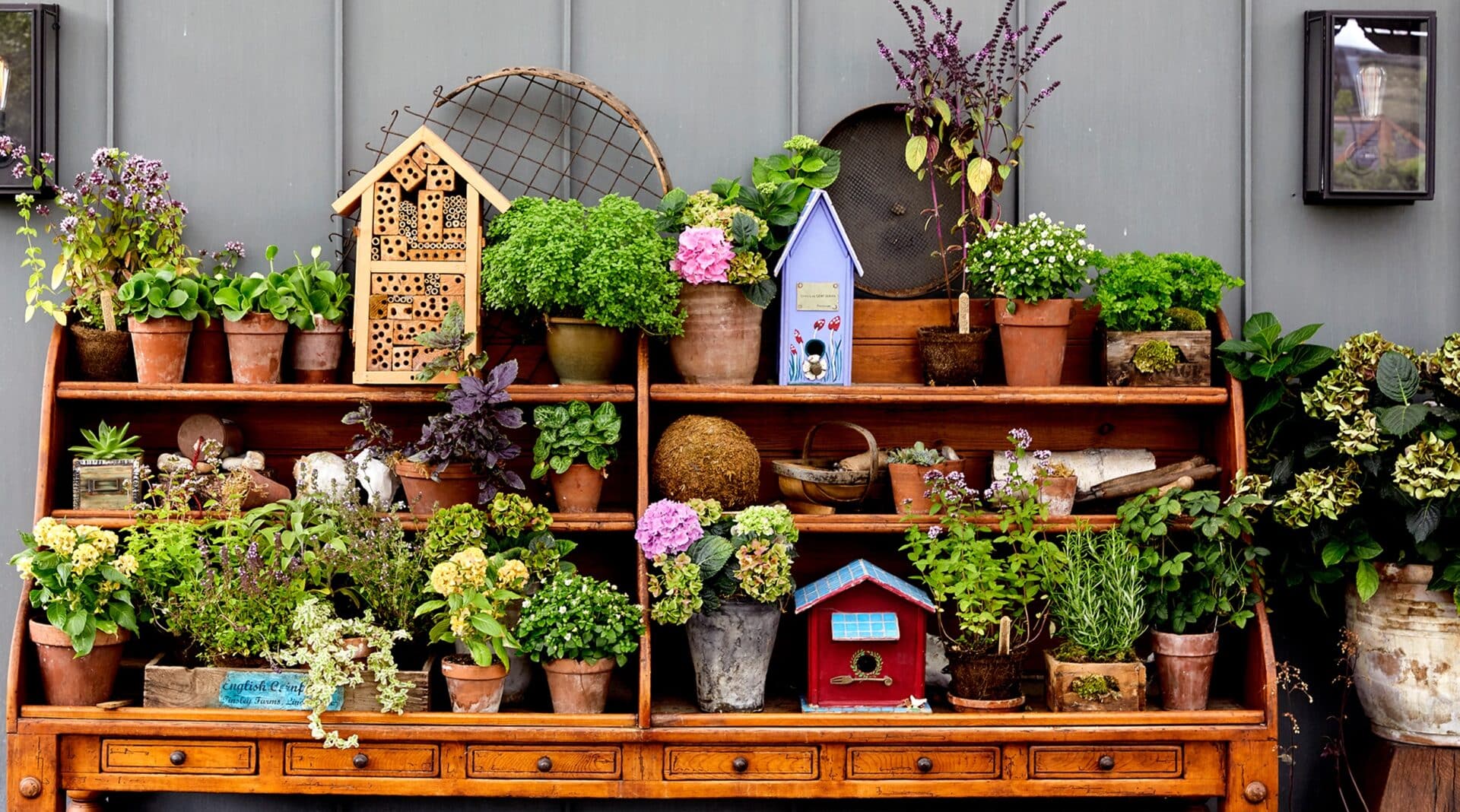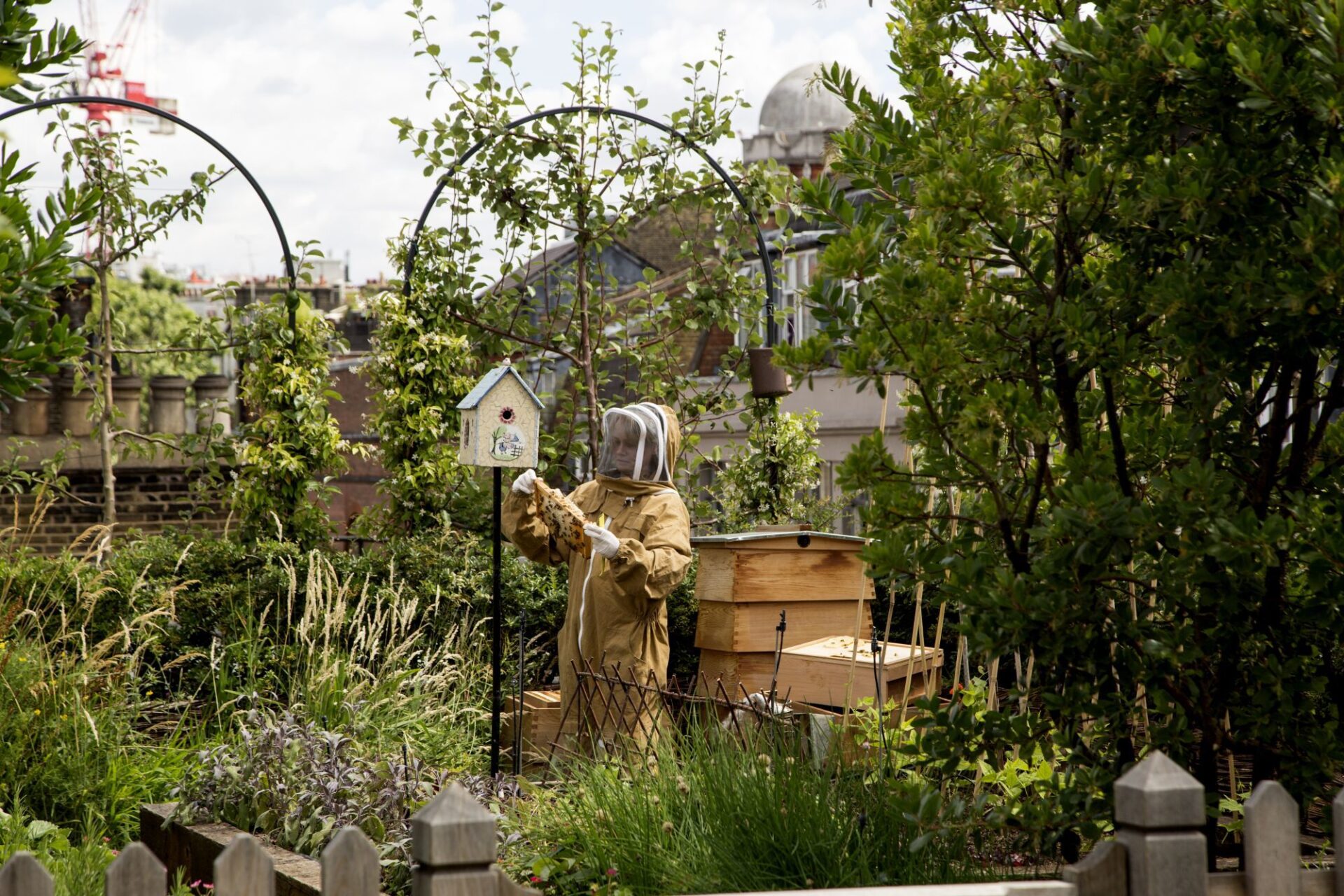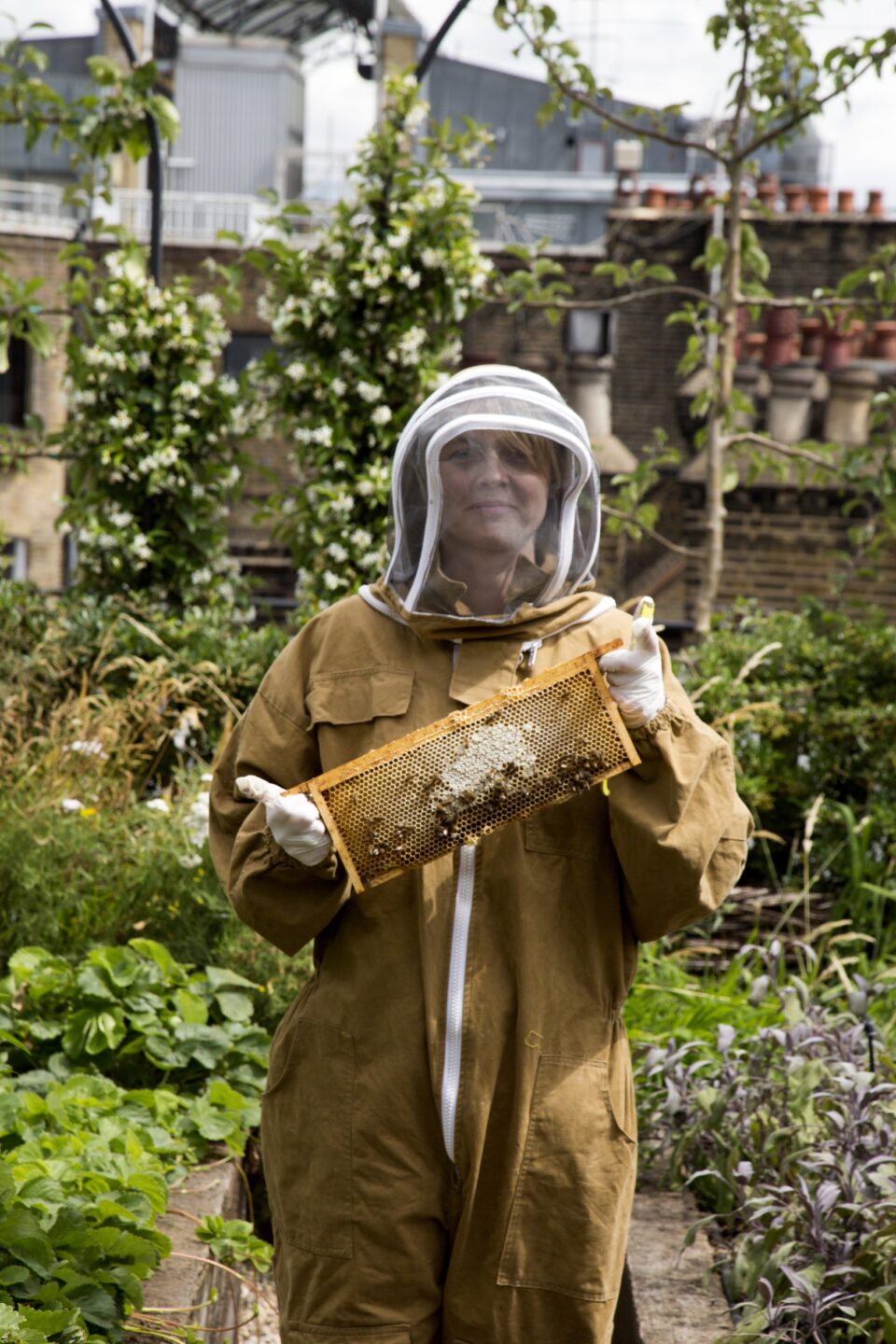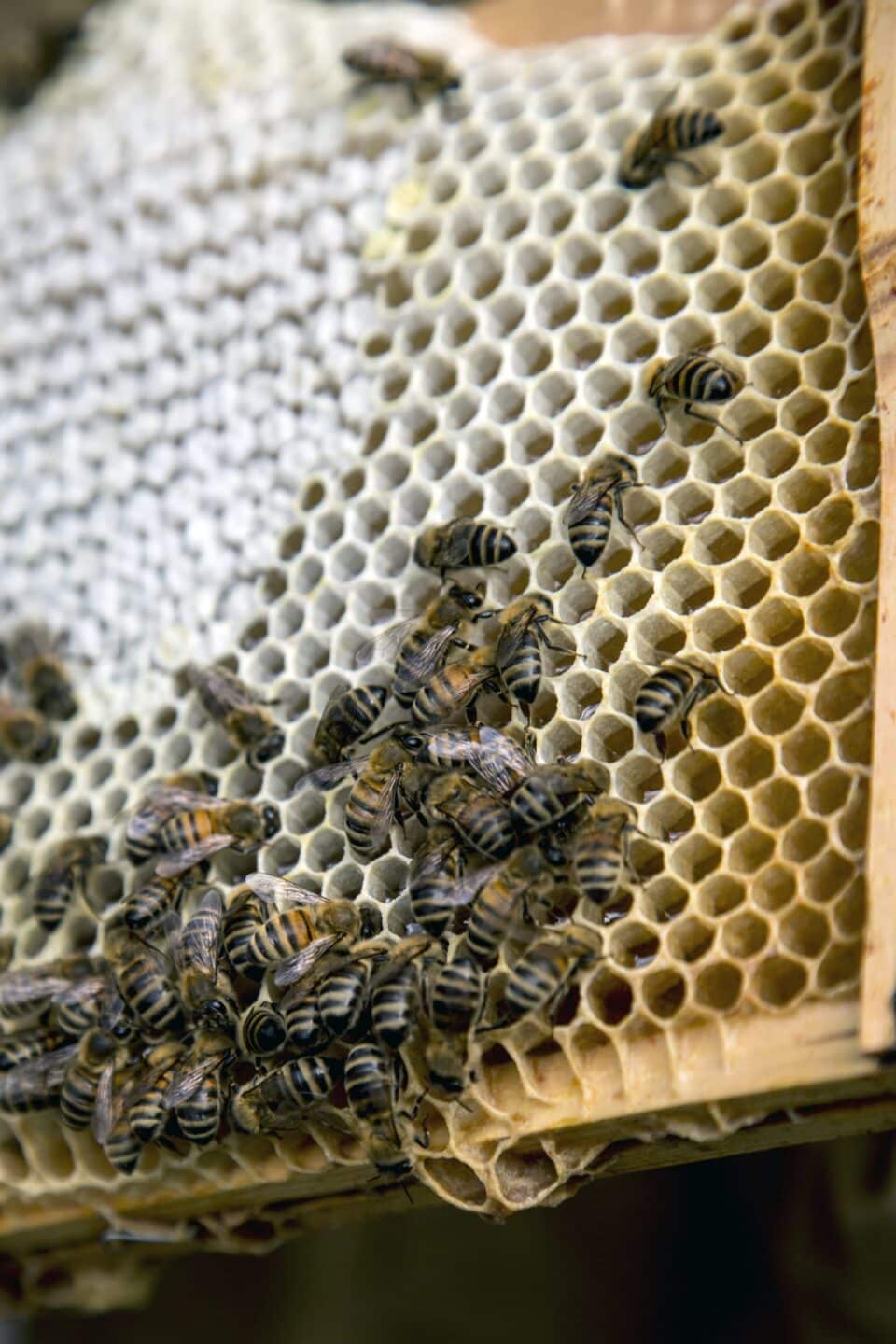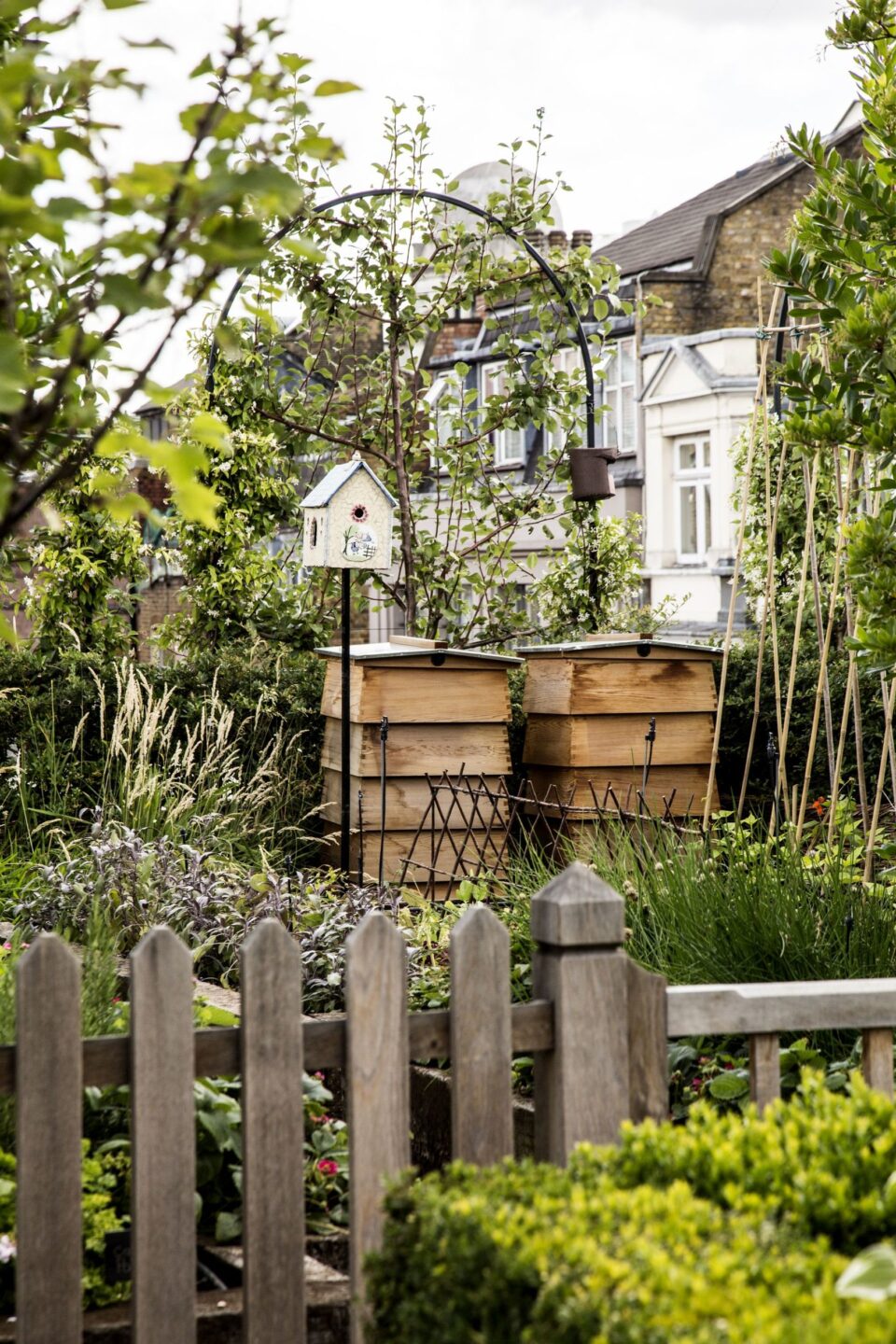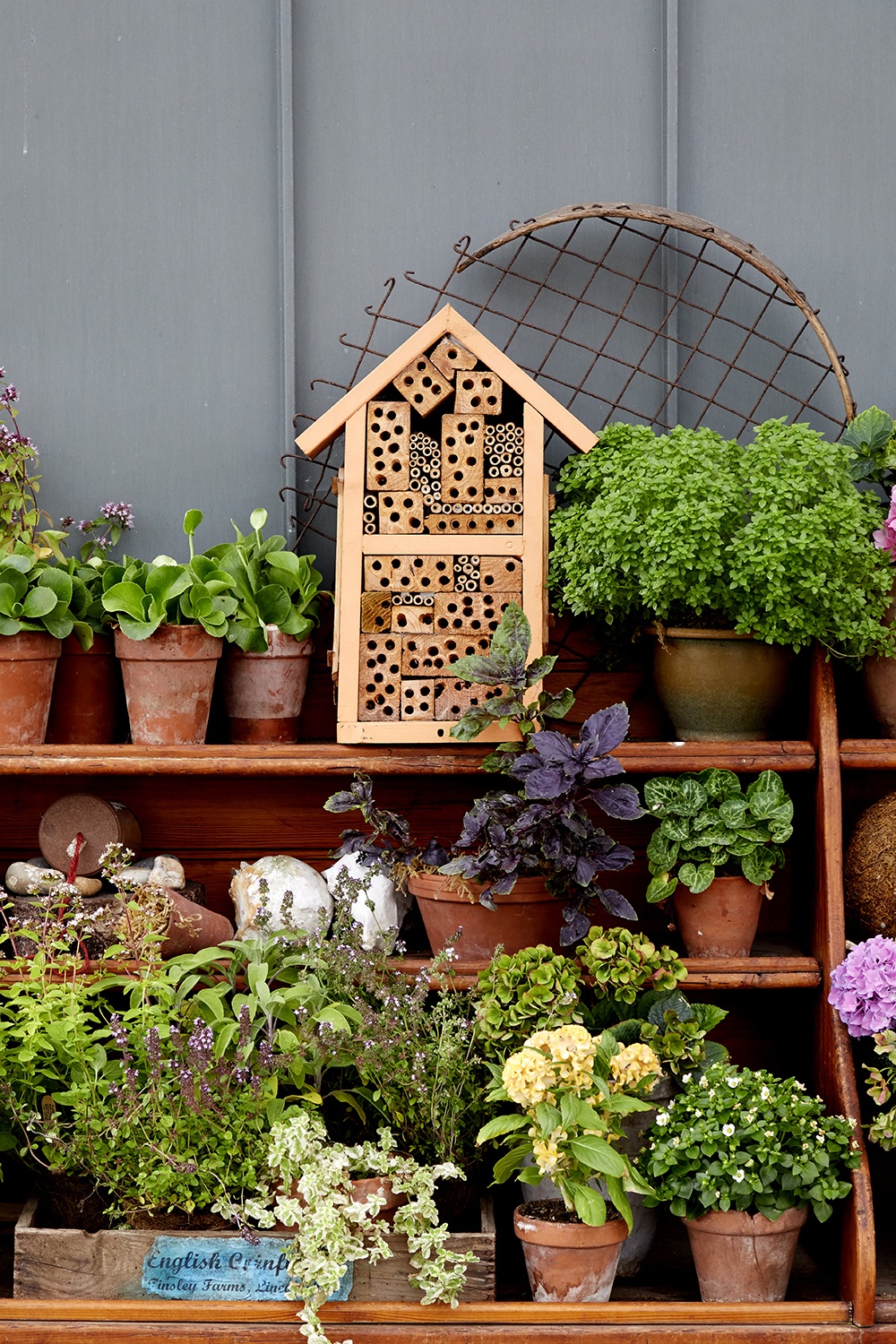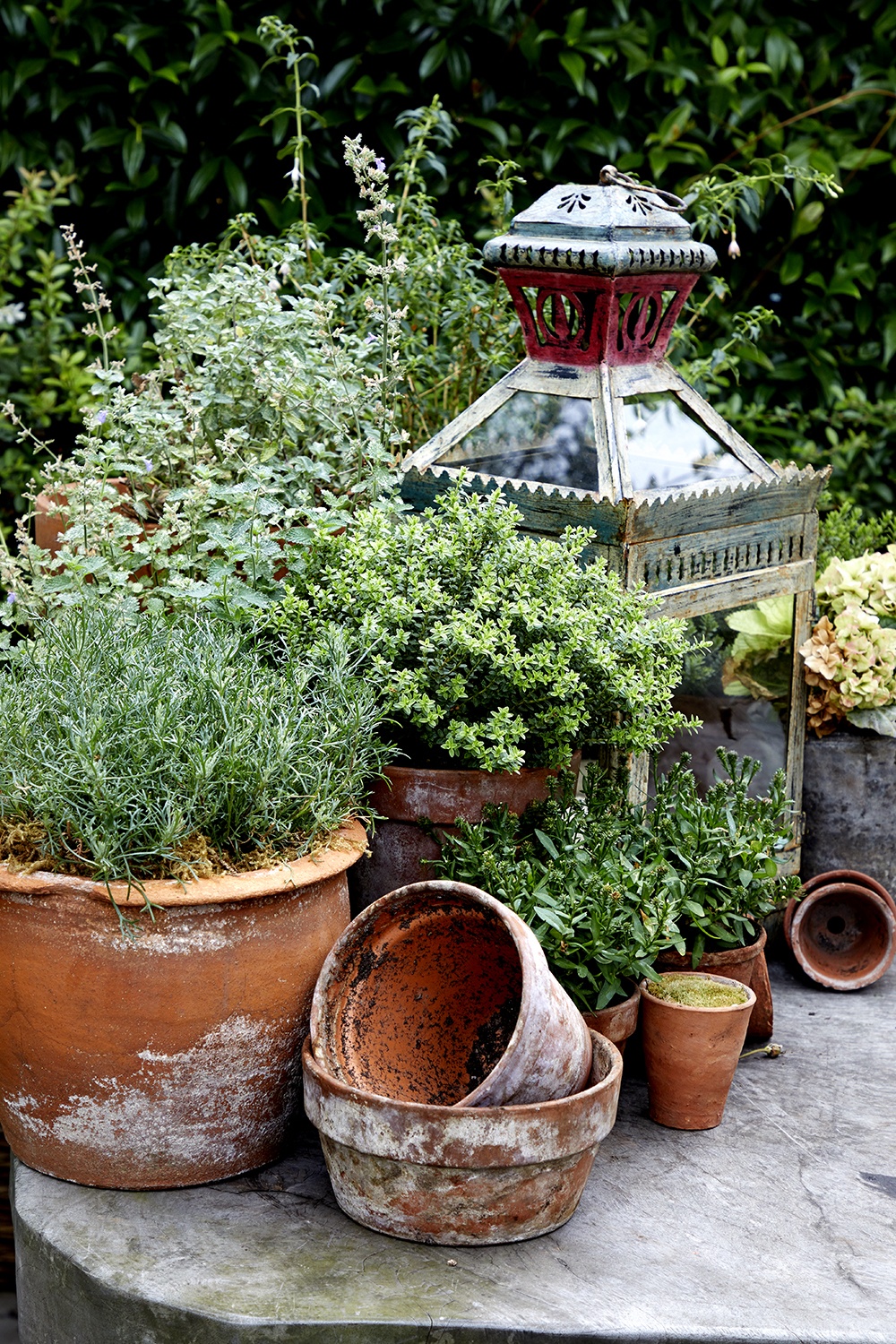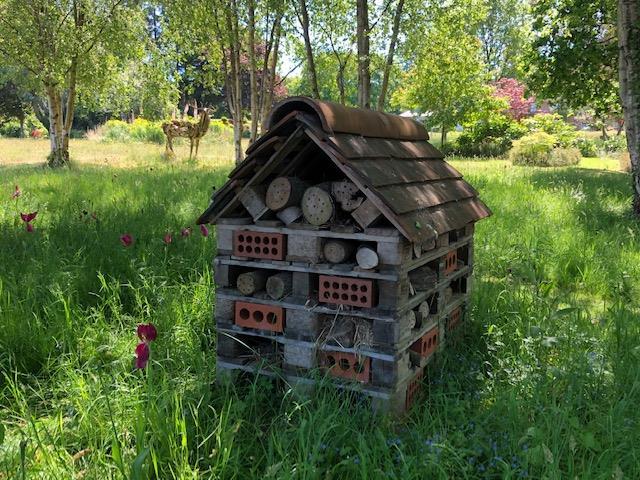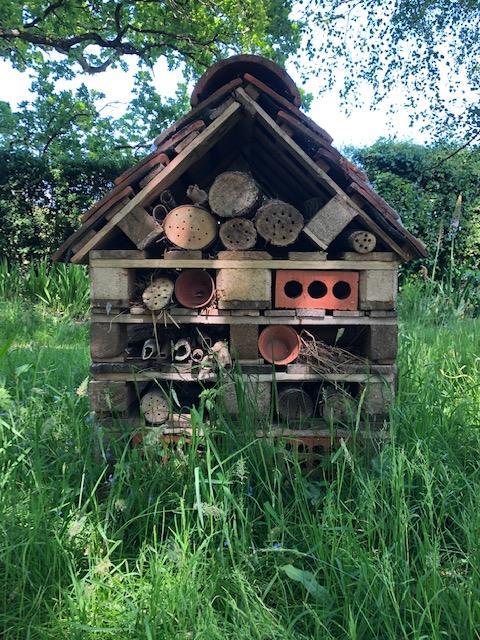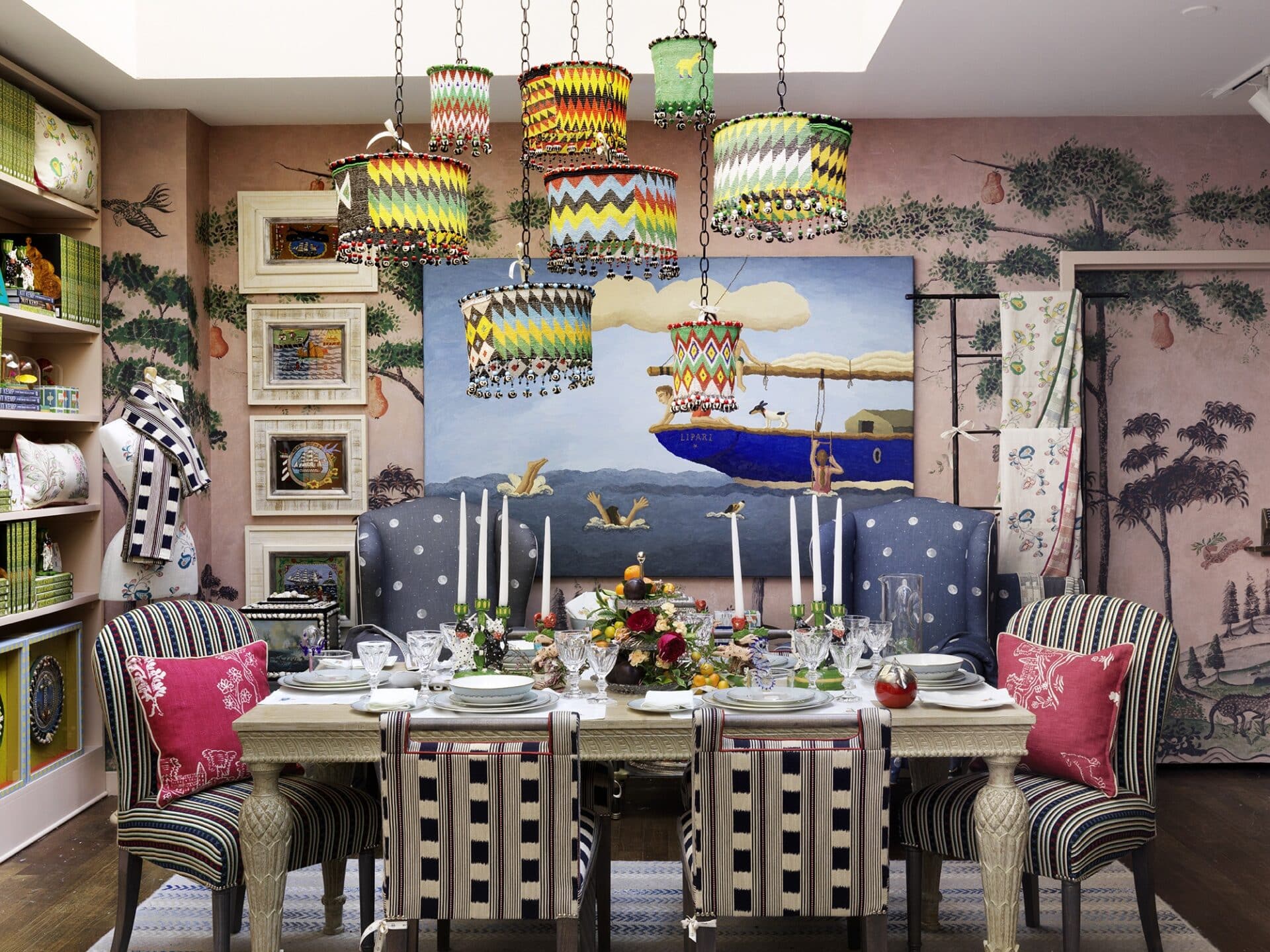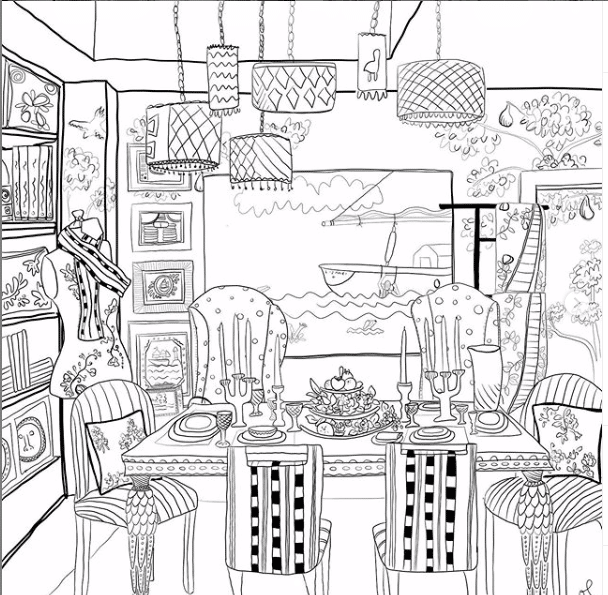Bees play a vitally important role in our ecosystem. You may have heard that we have two hives on Ham Yard Hotel’s Roof Terrace, placed at the back of the vegetable garden. We designed the roof terrace to be the perfect environment for urban bees, with over 20,000 in residence. Our bees are tended to by the fabulous urban beekeeper, Camilla Goddard.
Our first batch of honey was produced in August 2015 and is now used as an ingredient in the cocktail menu at Ham Yard Bar. Camilla explained on our last seasonal rooftop bee talk, that local honey has a wonderful complex flavour as it has not been blended or subjected to high temperatures, so all the aromas of the local flowers are preserved and the health giving elements are untouched.
Camilla explained that bees don’t always live in colonies; they are often solitary. This week for Design Threads, we are creating our own bee hotel that serves as a habitat to the bees that live alone.
We may not be checking into any hotels during this time, but that doesn’t mean we can’t construct one for the bugs and bees…there’s no lockdown in the bee hotel!
Materials:
– A 10cm wide wooden plank
– Various stems with different diameters (bees prefer 3-5 mm diameter holes), for example, bramble, reed or bamboo
– Saw, drill, screws and secateurs
I was amazed to discover that London honey can often taste minty due to the abundance of Lime (Tilia) trees in the city. At the moment, fairly early in the year, the honey tastes floral. We look forward to tasting the deeper barley flavours typical of the honey later in the year.
Step 1. Cut the plank into four to make a rectangular frame for the stems to sit inside.
Step 2. Assemble the frame. Snip your stems into lengths to fit your frame (the plank width).
Step 3. Lay your frame on a surface and pack it with stems. Only as you add the final few does the whole thing suddenly lock solid.
If the bees are satisfied with your design, the females will lay their eggs inside the stems of your hotel. A store of pollen is left with each egg for the grub to eat when it hatches. The egg is sealed up with a plug of mud and young bees will emerge the following year.
Keep your bee hotel high up, facing east or south. Solitary bees are cold blooded and rely on heat from the sun to warm up in the morning. Bees love that late morning sun.
At home, we went a step further and made a multi-storey hotel, full of all sorts of natural materials, providing homes for all kinds of creatures. As they say, one man’s trash is another man’s treasure!
Why not have a go at creating your own bee hotel; tag @KitKempDesignThread and use the hashtag #DesignThreads.
We have loved seeing all your creative pursuits. This week, one of our favourites is this wonderful line drawing of our Kit Kemp pop-up in the Loft at Bergdorf Goodman by @little_flat_in_islington. We think it’s time to get the colouring pencils out and spend a relaxing afternoon colouring in!

